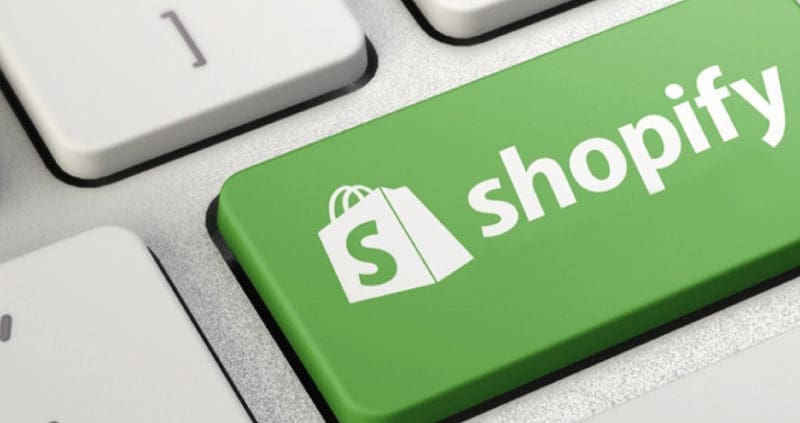Five Customer Loyalty Tricks for Fitness Franchisees
Editor’s Note: This post was originally published in October 2017 and has been updated for accuracy and comprehensiveness.
As a fitness franchise owner, you know the challenges of getting new members through the door, even in the best of times. It’s never been easy, but the fitness industry has been one of the hardest hit by COVID-19, with value brands representing the largest share of losses in the industry. Major gym franchises like Gold’s Gym have filed for bankruptcy protection, and others may soon follow. Polling has shown that as many as 60% of Americans either have canceled or are planning to cancel their gym membership due to financial hardship or concerns about safety. Simultaneously, the growth of digital and at-home fitness products has added to the pressure on gyms, with Peloton doubling its sales in 2020.
So, in that environment, how do you get new customers through the door and convince your existing customers to remain loyal? We can start by taking a cue from one outlier in the value gym segment that has shown more resiliency than its competitors through the pandemic. The Anytime Fitness franchise rolled out a comprehensive COVID-19 policy to protect their members’ and staff’s safety and begun offering advance reservations to secure a spot when capacity is limited. When customers have confidence that you are genuinely looking out for their best interests, they are more likely to remain loyal.
But beyond just building trust among your members, there are some other things you can do to encourage customer loyalty in this most challenging of times.
Loyalty Rewards Program
Have you ever noticed that it seems like every store you go into wants you to join their rewards program? Well, there’s a reason for that – it works. Create a rewards program for your loyal customers with some nice little freebies to help keep them engaged. This might take the form of a free t-shirt after ten visits, or maybe a free post-workout smoothie with every 10 purchased. You can get very creative with this, so don’t be afraid to experiment. Never underestimate the power of free swag for customer loyalty. Everyone wants to feel special.
Frequent Customer Discounts
Many gym members, particularly in the value segment, care just as much about the size of their wallets as the size of their jeans, so giving them a discount on a product or service is a great way to boost customer engagement. This might be a discount on a personal training session within the next month, or possibly a coupon for deals on gym apparel. Gym apparel is a particularly desirable thing to encourage because, in addition to the revenue from the sale, you get the added benefit of free advertising for your fitness franchise every time the customer wears it.

Referral Rewards
Let’s face it – we all have that one annoying friend who can’t stop going on about how great his or her fitness studio or workout program is. Well, that’s exactly who you want to be your customer, so you need to create a compelling reason for that person to be your customer. Create a referral rewards program and offer a membership discount for each new customer brought in on a referral. You’ll soon find your membership roster – and your bottom line – growing steadily.
Premium Memberships
Take a cue from companies with the most loyal followings and offer VIP or premium membership packages. Do a little up-selling. The key here is to create a value proposition that’s compelling enough to entice your customers to pay a little more without eating into your bottom line. If a member is already paying $30 per month for a basic membership, he or she would probably be willing to pay $35 or $40 to add free tanning or a free monthly workout with a personal trainer. It can be tricky to find the right balance for your package, but this is a great way to reward your most loyal customers if done right.

Run Contests
Contests can be a great way to keep your members engaged with the club and create valuable rewards for members who participate. You might run a contest with a free gym t-shirt or duffel bag to the member with the most visits during the month, or possibly a “Biggest Loser” type contest with a free month of membership as the prize. You can also incorporate social media into your content strategy by encouraging people to share, like, and comment on your content. Give members who complete one workout and check in on Facebook during the next month a raffle ticket to a drawing for a free duffel bag or another prize.
Focus on Your Core Business
Business owners are notoriously bad at time management, spending too much time on things that others can do and not enough on what an owner should be doing – growing the business. Offload time-consuming administrative tasks to employees or an outside firm. Consider outsourcing your bookkeeping and accounting, which is one of the biggest time vampires in an owner’s day. By getting those off your plate, you can have time to spend on thinking up creative ways to engage with your members and drive loyalty at a time when you need it most.
So what’s the best way to boost customer loyalty at your gym franchise? Start by taking your own gym’s advice and just do it. Set a goal and commit to seeing it through. Start with these tips, but don’t just stop there. Be creative and come up with other ideas, and then let us show you how Xendoo can help your fitness franchises become more profitable with a free trial. Let’s start building that customer loyalty muscle together!

















